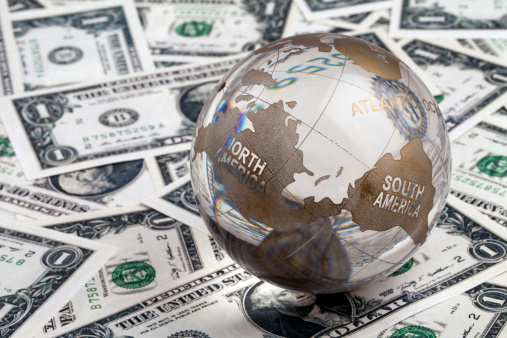A primary selling point of exchange traded funds over their mutual fund rivals has always been the lower fees available on ETFs. Lower expenses are not just reserved for U.S.-focused and developed markets ETFs, either.
As the ETF industry has matured and issuers have consistently pared fees, diversified emerging markets funds have gotten less expensive. That or sponsors have brought products to market that were born with low fees. The latter applies to the iShares Core MSCI Emerging Markets ETF (NYSEArca: IEMG) and it is IEMG’s lower fees that, at least partially, explain the ETF’s success.
Related: Philippines ETF Rallies on Duterte Presidential Win
IEMG debuted in October 2012 as part of the iShares core suite of ETFs aimed at cost-conscious buy-and-hold investors. When IEMG launched, it was widely viewed as an inexpensive alternative to the popular iShares MSCI Emerging Markets ETF (NYSEArca: EEM). That is accurate.
IEMG charges just 0.16% per year, or $16 for each $10,000 invested, putting it near the bottom of emerging markets ETFs in terms of annual expenses. On the other hand, EEM, the second-largest emerging markets ETF by assets, charges 0.7% per year. These days, that is expensive compared to the universe of broad emerging markets ETFs.
[related_stories]EEM can get away with its high fee “because highly traded ETFs are often darlings of a large universe of traders, who typically have shorter holding periods and larger trade sizes. The level of fees isn’t a big consideration. So when highly traded ETFs see big inflows over a short period, it’s safe to assume the money is institutional. Hedge funds currently own more than 11 percent of EEM, according to Bloomberg data. The top holder: Bridgewater Associates, with 5.5 percent,” reports Eric Balchunas for Bloomberg.
Although some market observers may see IEMG as hurting EEM, the former is also competing with, and doing so with success, with the Vanguard FTSE Emerging Markets ETF (NYSEArca: VWO).
